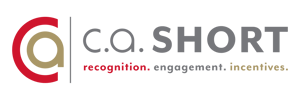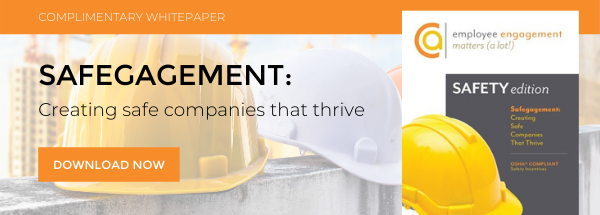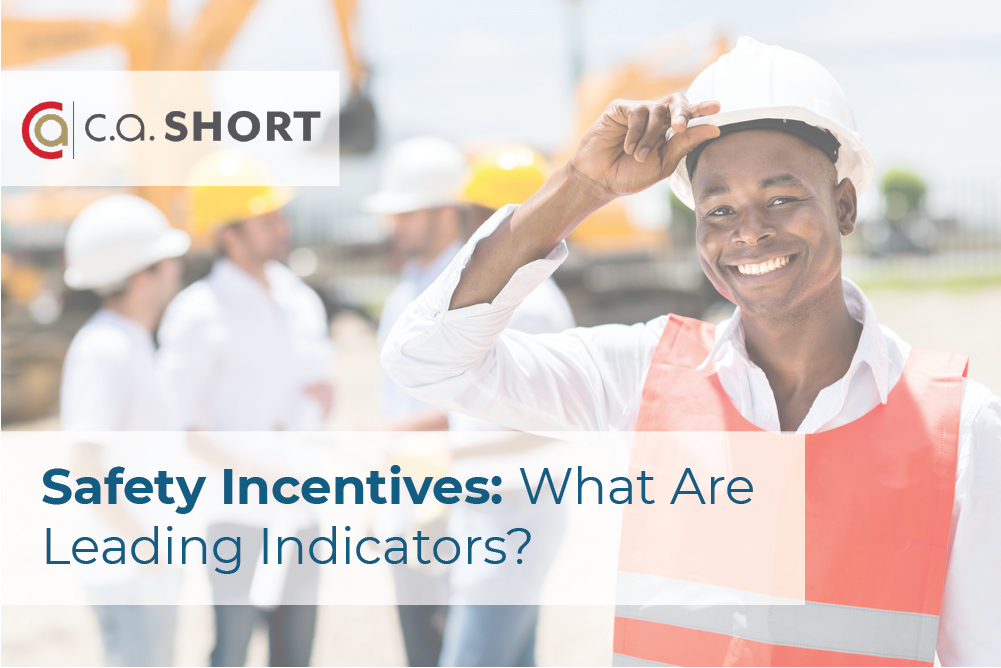Engagement as a prerequisite to safety
For decades, C.A. Short Company has been assisting various organizations with their safety and incentive programs. Each day we aim to help facilitate and execute companies’ ongoing initiatives, while assisting employees and managers to better mitigate risk. Through years of experience, we have realized that the companies that truly thrive are those who go one step further and engage their employees on every level. Utilizing this knowledge, we developed a powerful new concept aimed at helping every brand build upon these universal successes.

We refer to it simply as, Safegagement™
In the past, a repercussion-based system has been the standard for most organizations, but we’ve surmised there is a better way forward—one that embraces the needs of both company and employee. And to further reinforce this notion, a recent Gallup poll concluded that when employees are actively “engaged” with their company, they have 70% fewer safety incidents. That is why we are proud to champion the Safegagement™ concept. It not only succeeds by turning the focus away from repercussions and back towards a love for the company, but it also stands the test of time via an array of measurable statistics and research.
What does this mean for employee activity? It means that they are making decisions not based on possible punishments, but rather because they understand the meaningfulness of their actions. As the SHRM Foundation found with beverage giant Molson Coors, highly engaged employees are 5x less likely to have a safety incident and 7x less likely to have lost-time due to a safety incident. This is a powerful indication that employees are inclined to change their behaviors when they care about those they work with, the company they work for, and the overall accomplishments of the organization.
The Five Components of Safegagement
If real change is to occur through Safegagement™, a company must go about employing the Five Components -- each with the same level of enthusiasm and dedication. However, it’s important to note that this cannot be forced. Their effectiveness must be the result of a natural and fluid process that instills real and lasting change. If you are able to create a deep emotional bond between individual and organization, not only will you find victory in Safegagement™, you’ll also find a more devote and purposeful workforce.
So, now that we have an understanding of what Safegagement™ is and what it has the potential to accomplish, let’s look into the first of our five components—Leading Indicators:
Defined by the National Safety Institute as, “Proactive, preventative and predictive measures that monitor and provide current information about the effective performance, activities and processes of an EHS management system that can drive the identification and elimination or control of risks in the workplace that can cause incidents and injuries,” leading indicators measure performance as a way to obtain positive results within an organization.
Unfortunately, the standard amongst many industries is to utilize lagging indicators, which measure failure. This is where leading indicators reserve their greatest competitive advantage. Rather than focus on negatives that may occur, they allow you to draw attention to continuous improvements, no matter how small.
Even if it’s the reporting of a near miss, these actions can still lead to positive changes in how work is done and, in turn, allow you to build a robust defense. Whether it’s as simple as an employee approaching you with a suggestion or others going out of their way to correct potential hazards, these actions will soon become all the more apparent.
Another powerful tool that can be used in conjunction with leading indicators is constructive problem solving. By listening to the needs and concerns of employees, you not only empower them in their roles, you give them a true voice into the changes that occur around them. This is individual ownership at its finest. When these two tactics are utilized in unison, you’re enabling constructive problem solving and beginning to drive positive outcomes through Safegagement™.
In our next blog, you’ll also see how these concepts correlate with our next component, Comprehensive Training.










SHARE